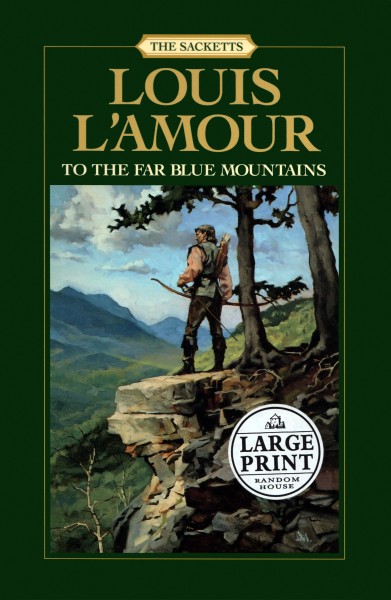The Savage Swords of Louis L'Amour
Louis L'Amour was born one hundred and ten years ago today. In my opinion, a brief commemoration of Mr. L'Amour is justified here on the DMR blog.
Louis was born in South Dakota in the waning days of the American frontier era. Like Robert E. Howard, he was raised in an educated, though not well-off, family. Both grew up reading Jack London, H. Rider Haggard and Edgar Rice Burroughs. Unlike REH, L'Amour spent some time wandering the globe as a merchant seaman before starting to write for the pulps in the 1930s. Those experiences served him well when writing about his fighting sea captain, "Ponga" Jim Mayo. L'Amour didn't hit it big until he began writing Westerns in the post-WWII period. His star saw a steady rise from then on and he eventually sold over one hundred million books.
While Westerns certainly brought home the bacon and fried it up in a pan, the American West wasn't L'Amour's only love. He had traveled the globe as a young man and was fascinated by the world history that preceded the rise of the United States of America. Louis decided to use his fictional Sackett family as a vehicle to explore an earlier period of history, when England was just beginning to establish overseas colonies.
Some of L'Amour's bestselling novels had featured William Tell Sackett and other members of the Sackett family. All were set in the American West. Louis decided to write about the first Sackett to set foot in the Americas: Barnabas Sackett. The first novel, Sackett's Land, introduced readers to Barnabas. Set in Elizabethan England, this is Solomon Kane territory, with swords flashing on a regular basis. There's buried Roman gold and pirates to be fought. The second novel, To the Far Blue Mountains sees Barnabas returning to England and running afoul of Queen Elizabeth.
The Warrior's Path takes place a couple of decades later. It pits another man of the Sackett clan against slavers and pirates on the Spanish Main. Once again, there's plenty of swordplay and black powder smoke, roaring cannons and spilt blood. A fun read.
L'Amour's The Walking Drum should also be mentioned. It is set during the High Middle Ages. The novel features secret tunnels, intrigue, swordplay and an assault on an Assassin citadel. Morgan Holmes is on record as not caring for this novel. In my opinion, it would've benefited greatly from some serious editing. I don't regret reading it, but I doubt I'll read it again.
L'Amour has his critics and ardent fans. I agree with some of the points from both sides. L'Amour started in the pulps and he cranked out the product. He certainly wasn't afraid of a formulaic plot. He was also notorious for being sloppy and not doing revisions. This can be seen at times, though I don't think it was an endemic problem. On the plus side, even L'Amour's critics admit that he could tell a gripping, action-packed yarn. There is also the fact that L'Amour's heroes tend to be confident, virile men who aren't afraid of escalating to violence if need be. Such protagonists are in short supply in these decadent times, so raise a glass to Louis for that.


